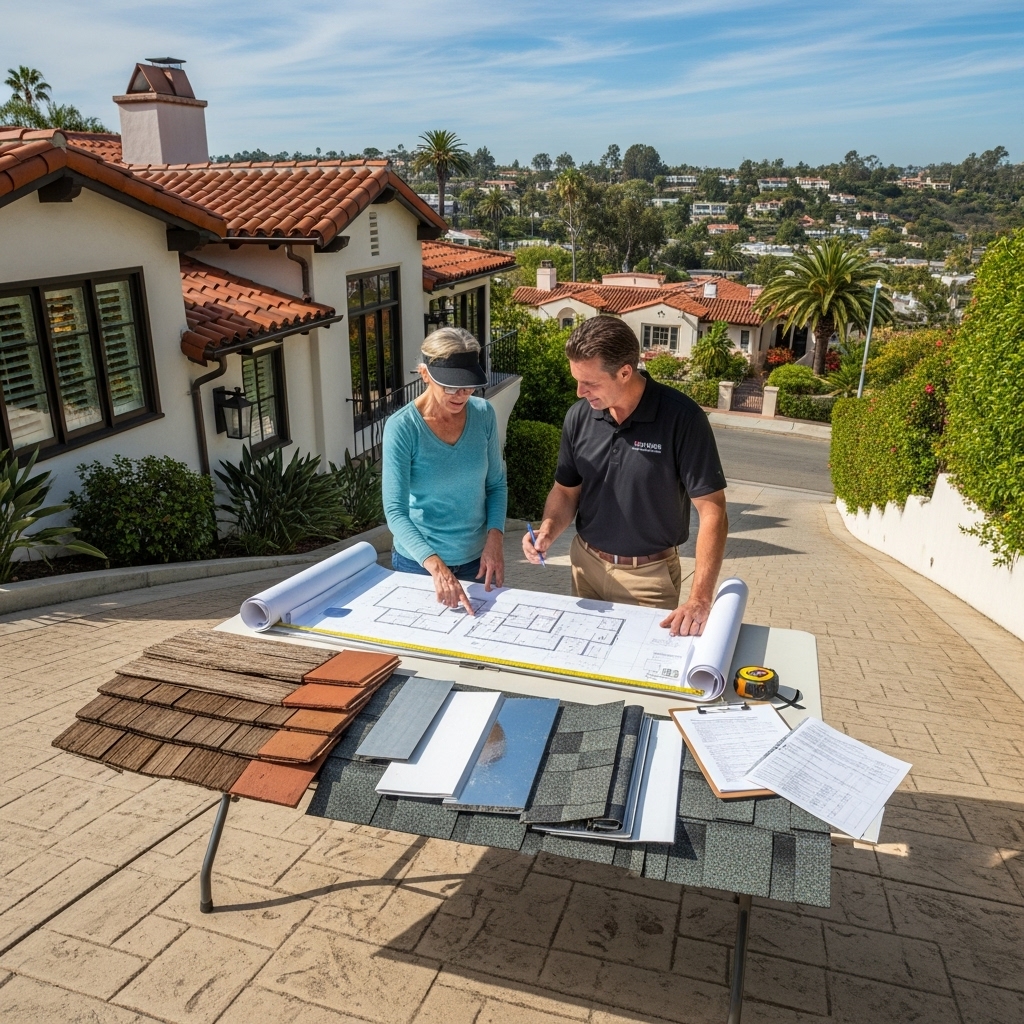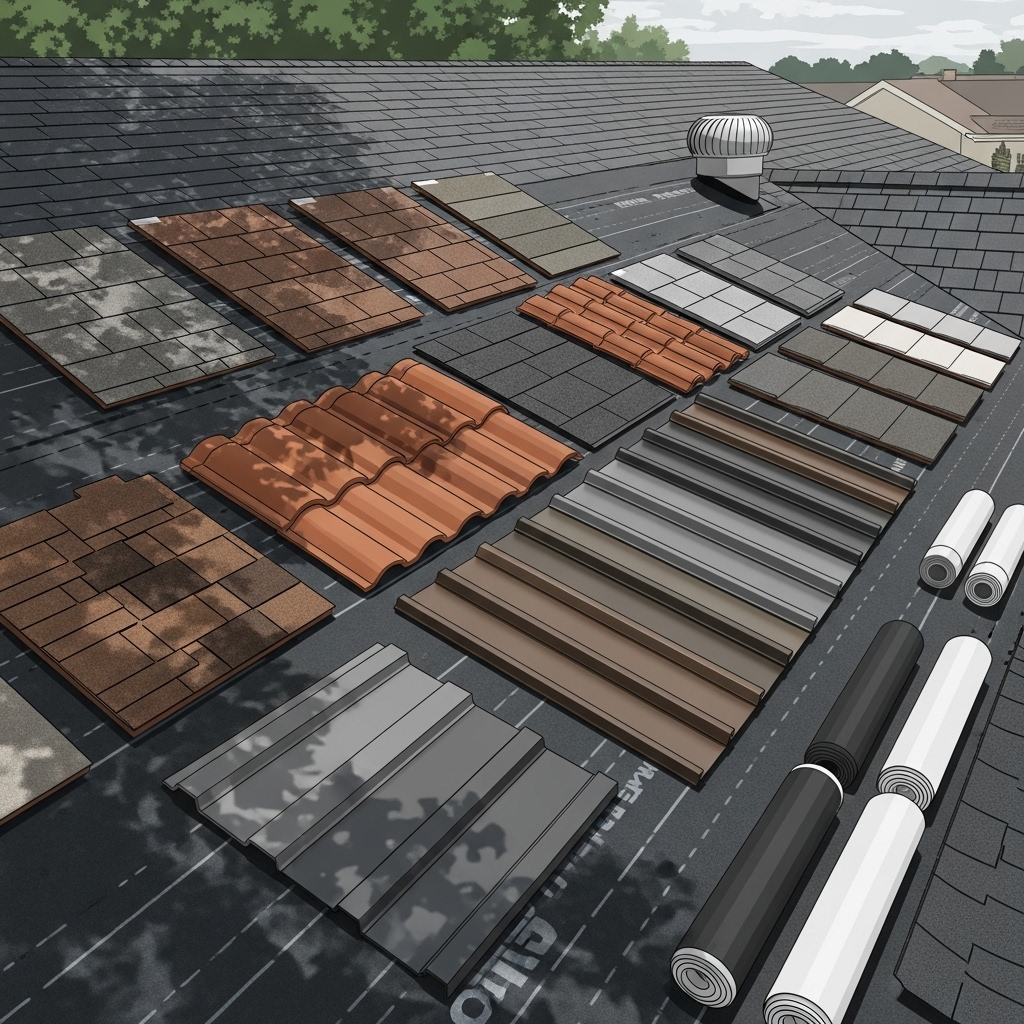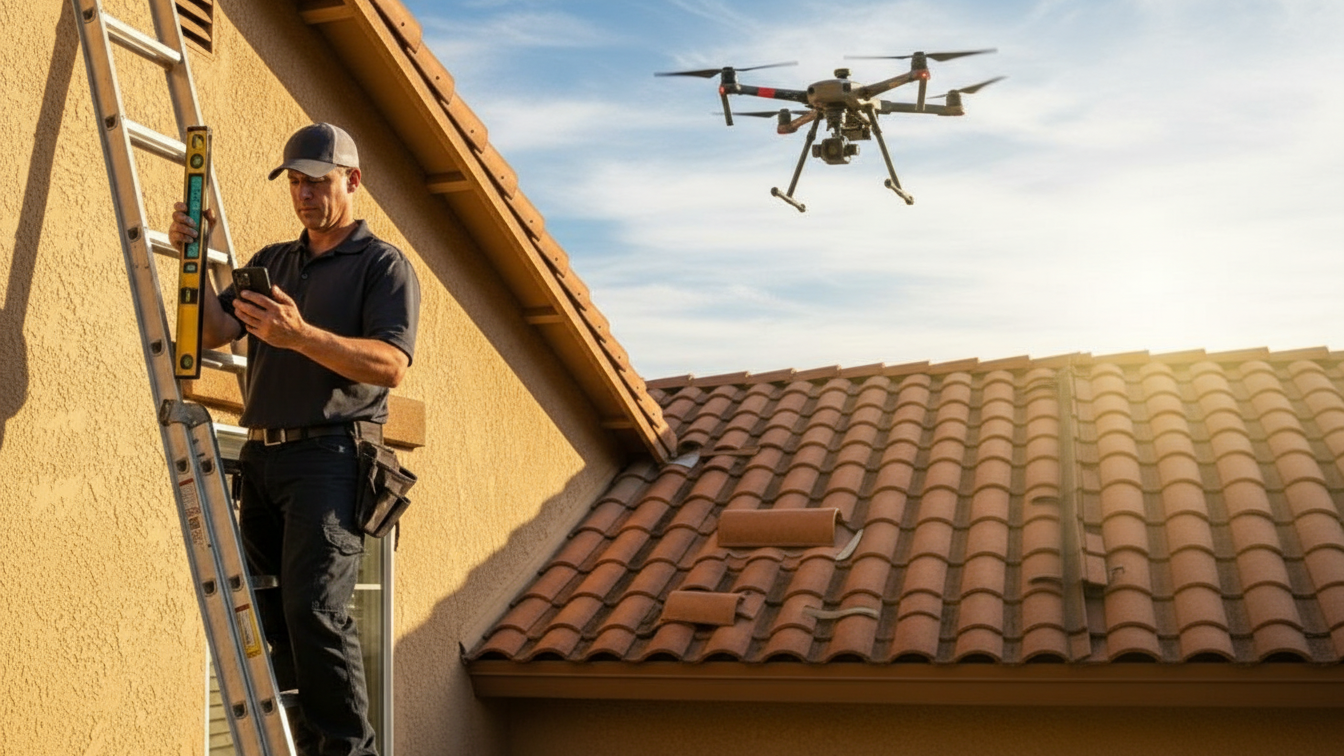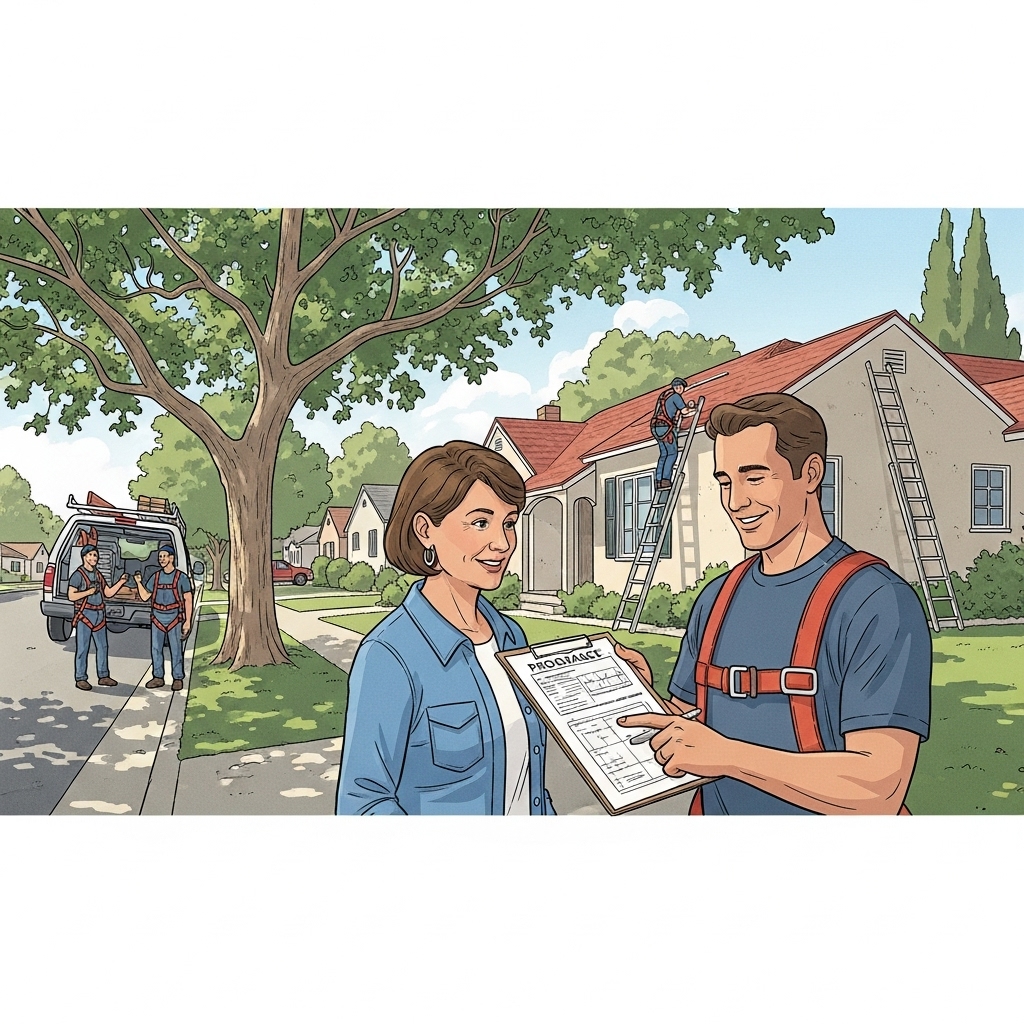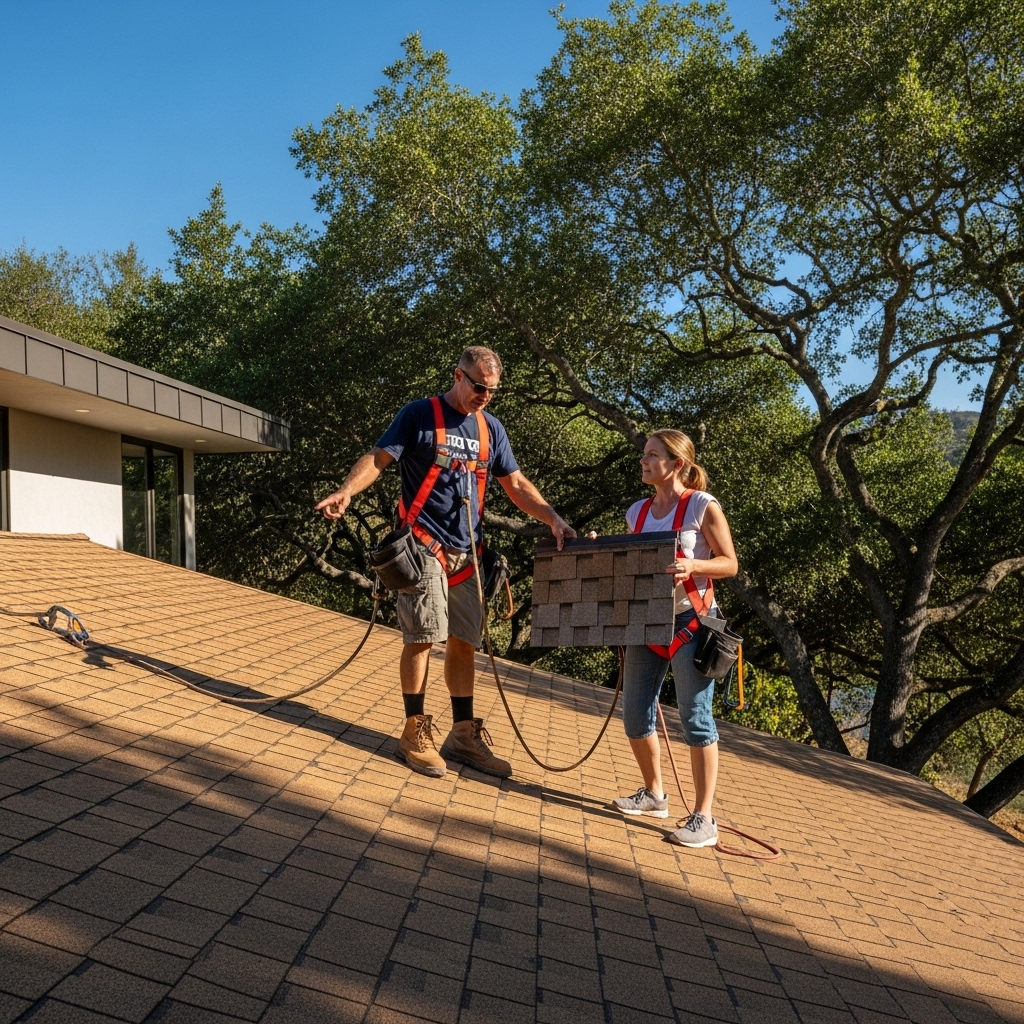When Santa Barbara homeowners ask about cool roofing installation, the conversation naturally turns to the factors that influence overall investment. While the city’s gentle climate may seem straightforward, our coastal setting, hillside neighborhoods, architectural diversity, and energy standards all shape the scope of a roofing project. Understanding those elements helps you plan with clarity and make decisions that provide comfort and durability for years. To ground that conversation, many residents begin by learning what defines cool roofing and how reflective systems interact with our marine layer, afternoon sun, and local codes.
Project scope begins with roof condition
The first determinant of project scale is the existing roof’s condition. A roof that has aged gracefully with minimal leaks might be a candidate for a recover or a coating on low-slope areas, whereas decks with widespread deterioration or trapped moisture call for more comprehensive work. In Santa Barbara, dew and fog can mask subtle issues that only appear after a warm, dry afternoon. Licensed contractors probe carefully, check transitions around skylights and chimneys, and evaluate ventilation to see whether the attic and roof assembly work together. This diagnostic phase clarifies the work ahead and the materials best suited to the structure.
Roof form and access shape the plan
Our homes often mix forms: flat sections over garages, gables over living areas, and shed roofs over additions. Each form favors different reflective materials. Low-slope areas commonly receive single-ply membranes or fluid-applied coatings, while pitched sections may use high-reflectance shingles or tile. Access can also influence logistics. Tight hillsides above the Riviera, long drives in Montecito, and narrow streets in the lower Westside affect staging, waste removal, and crew movement. Thoughtful planning in these contexts reduces disruption and supports a clean, efficient installation.
Local codes, energy standards, and documentation
California’s Title 24 energy standards inform roof reflectance requirements in many applications. In Santa Barbara, licensed contractors translate these standards into product selections and documentation that satisfy plan check and inspection. They may provide solar reflectance (SR) and thermal emittance (TE) values or the solar reflectance index (SRI) for specified materials. Fire ratings and wildland–urban interface considerations also come into play in certain neighborhoods, guiding selections toward assemblies with proven ignition resistance and Class A ratings. This compliance layer is integral to project planning and ensures that the roof you build today remains aligned with regulations tomorrow.
Material systems and their roles
Cool roofs are systems, not just surfaces. On low-slope roofs, bright single-ply membranes or reflective cap sheets work with tapered insulation and carefully welded seams. On pitched roofs, cool-rated shingles or tile pair with underlayment and ventilation strategies that stabilize attic temperatures. Edge metals, penetrations, and gutters complete the assembly. The interaction among these components—how water moves, how heat dissipates, and how wind loads are managed—defines performance as much as the material chosen.
Preparation, tear-off, and substrate readiness
Before new materials go on, the substrate is evaluated. If decking shows signs of moisture damage from months of foggy mornings, sections may need reinforcement or replacement. On low-slope roofs, correcting subtle drainage issues with tapered insulation or reshaped crickets can prevent future ponding. Each improvement compounds benefits: better drainage helps the reflective surface stay clean and bright, which in turn supports more consistent indoor comfort.
Ventilation and attic health
Even a highly reflective roof benefits from balanced attic ventilation. In older bungalows near the coast, where framing is compact and airflow is limited, licensed contractors may recommend strategic vents or baffles to maintain circulation without disturbing the home’s appearance. In hillside homes that trap warm air on calm evenings, a combination of cool roof surfaces and improved ventilation brings interior temperatures into a narrower, more comfortable range.
Neighborhood character and design review
Santa Barbara values continuity of style, and roofing plays a major role in that visual coherence. Reflective shingles and tiles are available in tones that complement stucco, stone, and landscaping. On low-slope roofs visible from terraces or courtyards, a soft-tinted reflective surface can minimize glare while preserving performance. Contractors accustomed to local review processes present samples outdoors so you can see how colors shift in real sunlight and against the ocean’s changing blues and greys.
Weather windows and sequencing
Cool roofing projects move with the weather. Crews begin after the marine layer lifts and pause if mist returns. Sequencing is designed to keep the home dry at every stage: tear-off areas are limited, underlayments are secured the same day, and welds or coatings are timed for proper curing. This disciplined rhythm respects our coastal microclimate and safeguards both the home and the neighborhood during construction.
Understanding value over time
The value of a cool roof reveals itself in lived experience. Interiors feel steadier in the late afternoon, HVAC equipment cycles less frequently, and second-story rooms are more inviting in summer. Over time, the reflective surface reduces thermal stress on the roof assembly, supporting durability. Maintenance simplifies to cleaning and periodic checks, especially in salt air. When a project is planned around these long-term benefits, the investment aligns with how you actually use the home—quiet mornings, sunny patios, and evenings that flow from inside to out.
Coordination with solar and future upgrades
Many Santa Barbara homeowners pair cool roofs with solar. The combination can be particularly effective: a reflective surface keeps the roof temperature down, which supports panel efficiency, and modern mounting systems protect the waterproofing below. Planning for solar can influence roof layout, panel placement, and conduit runs. A contractor who considers these elements during roofing avoids unnecessary penetrations and makes future electrical work cleaner and safer.
Maintenance planning from day one
An honest conversation about maintenance belongs in the initial scope discussion. Cool roofs thrive with gentle cleaning and seasonal checks. Contractors familiar with our coastal conditions will provide a simple, practical schedule that matches your exposure to salt and wind. They may also outline how to document the roof with photos so future service visits are efficient and focused.
What homeowners often ask
People frequently ask whether a reflective roof will look too bright from a patio or upper window. Contractors can soften appearance with light tints or textured surfaces that maintain performance. Others wonder about noise during installation; crews schedule loud work thoughtfully and communicate daily so you can plan around it.
Homeowners also ask how a cool roof interacts with older insulation and vents. The answer is that reflectivity, insulation, and ventilation are partners. A contractor will assess the whole system and recommend modest adjustments that deliver noticeable comfort gains, particularly on calm, warm evenings after the fog burns off.
Another common question concerns the impact of salty air. With corrosion-resistant metals, compatible sealants, and periodic rinsing, reflective roofs remain clean and bright. Details at edges and penetrations are especially important, and experienced teams treat them as focal points.
Comparing pathways without confusion
Choosing among reflective shingles, tile, membranes, and coatings can feel complex. The best approach is to stand on site with samples, consider how the light plays across your roof at different hours, and discuss how each option integrates with your home’s structure. Pitched areas may favor one path while flat sections take another. That mix is common here and results in roofs that look coherent and perform at a high level.
Midway through design, homeowners often revisit the fundamentals of cool roofing to ensure their selections align with long-term goals. A short review of reflectance values, ventilation needs, and maintenance expectations sets the tone for a project that ages gracefully.
Coordination with permitting and inspections
Permitting is a partnership. Contractors handle submittals, provide product data for energy compliance, and schedule inspections at appropriate milestones. Inspectors in Santa Barbara are accustomed to reflective roofs and focus on safety, proper documentation, and assembly integrity. When everyone moves in step, approvals feel routine and the project stays on schedule.
Living with your new roof
After installation, you notice comfort first. Rooms on the sunny side remain calmer during the late afternoon. The roof looks crisp and considered from the street, and the details—metal edges, clean flashings, tidy penetrations—make the whole home feel refreshed. Maintenance becomes a light touch that fits naturally into your seasonal routines.
FAQ: Will a reflective roof clash with my home’s style?
Reflective options come in colors and profiles that complement Santa Barbara’s architecture. Samples viewed outdoors help you choose tones that blend with stucco, landscaping, and natural light.
FAQ: How do marine conditions affect performance?
Salt air and fine dust are part of coastal life, but proper detailing and simple cleaning keep cool roofs performing well. Corrosion-resistant metals and compatible sealants are key at edges and penetrations.
FAQ: Can I combine different reflective materials on one home?
Yes. Many homes mix coatings or membranes on flat sections with cool shingles or tile on pitched roofs. A cohesive color plan and careful flashing keep the system unified.
FAQ: Will a cool roof help if I add solar later?
Absolutely. Lower roof temperatures can support solar efficiency, and early coordination makes mounting and waterproofing cleaner and more reliable.
FAQ: What kind of upkeep should I expect?
Expect light maintenance: seasonal rinsing to remove salt and dust, clearing of drains or gutters, and periodic inspections to catch minor issues early. This routine supports long-term performance.
Ready to map your project with clarity?
If you are weighing reflective roof options for your Santa Barbara home and want a plan that respects neighborhood character, microclimate, and future upgrades, now is a great time to talk with a local expert. Walk the site, consider materials in natural light, and outline a maintenance plan that suits your lifestyle. For a helpful primer before that conversation, explore trusted insights into cool roofing, then schedule a visit to turn goals into a clear, confident path forward.

